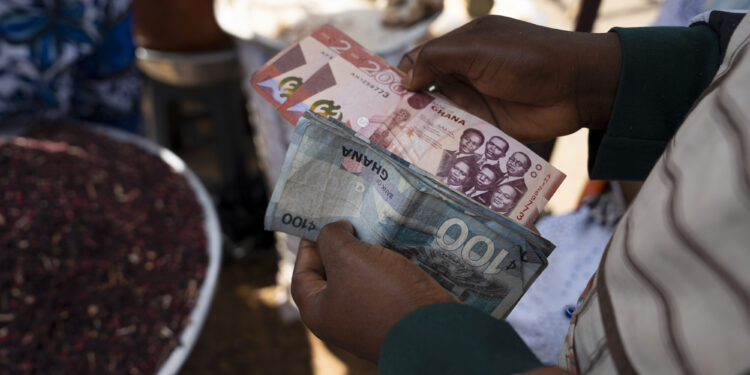Ghana Ranks 12th in Africa for Cost of Living Amid Declining Inflation Trends
Ghana has been ranked as the 12th most expensive country to live in on the African continent, according to the latest Cost of Living Index released by Numbeo, a global data aggregator on consumer prices.
The report, which covered 23 African countries, gave Ghana a cost of living score of 30.6, placing it behind countries such as Tanzania (31.8), Zambia (33.8), and Rwanda (34.6). The country’s rent index stood at 12.1, while groceries were pegged at 33.3 on the index.
Ethiopia emerged as the most expensive country in Africa, topping the rankings with a cost of living index of 43.2, followed by Botswana (39.5) and Mozambique (38.9). Other countries ahead of Ghana included Ivory Coast (38.8), Somalia (38.7), Cameroon (36.2), Mauritius (35.6), Zimbabwe (34.7), and Rwanda (34.6).
According to Numbeo, the report takes into account key consumer expenditure categories including food, housing, transportation, and healthcare — factors that directly influence both the standard of living and overall economic performance.
Despite Ghana’s relatively high ranking, the country has recently experienced a significant cooling in inflationary pressures.
Inflation for May 2025 dropped to 18.4%, from 21.2% in April 2025, marking the fifth consecutive month of decline. The Ghana Statistical Service (GSS) attributed the sharp disinflation primarily to a reduction in transport fares and a decline in non-food inflation.
Food inflation, though still elevated, eased to 22.8% in May from 25.0% in April, while non-food inflation declined more steeply to 14.4% from 17.9%. Food alone accounted for nearly two-thirds of the overall inflation rate, contributing 9.7 percentage points to the 18.4% headline figure.
A notable contributor to the easing inflation was the transport sector, which saw a dramatic decline in price pressures – transport inflation plunged to 3.1% in May from 14.9% in April, the largest year-on-year drop – among all Consumer Price Index divisions.
The moderation in the cost of utilities and housing also played a role in easing non-food inflation, providing some relief to households amid broader cost-of-living concerns.
While the downward trend in inflation offers a positive signal for economic stability, analysts warn that structural factors, particularly food supply constraints and energy prices, could still pose upside risks to inflation in the second half of the year.








